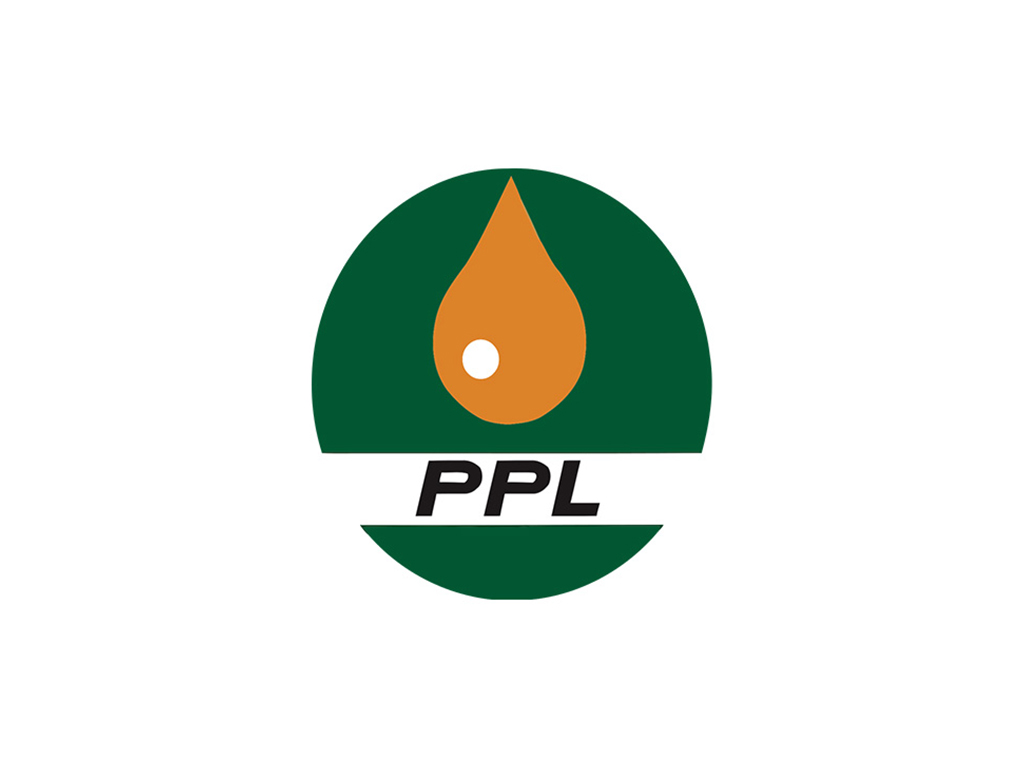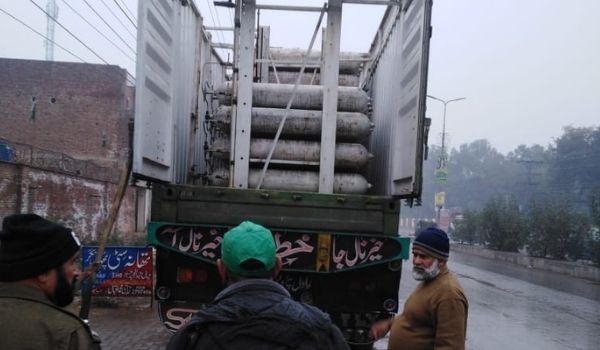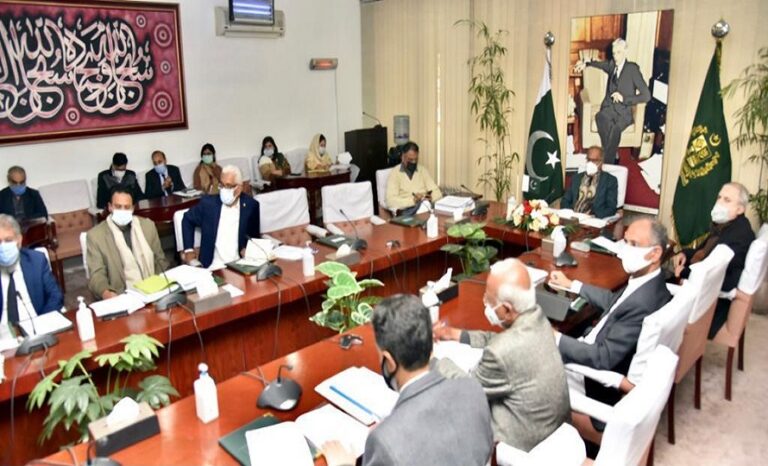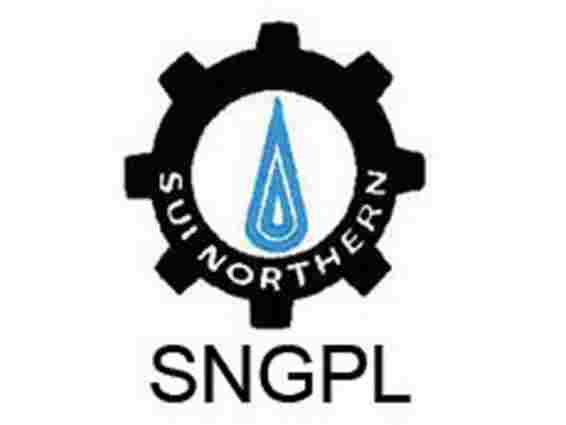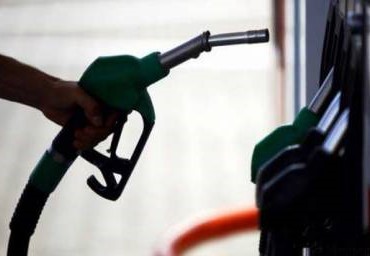PPL’s exploration projects are at stake
Aftab Ahmed
The state-run Pakistan Petroleum Limited (PPL)’ exploration projects are at stake as it is out of pocket due to circular debt.
The company is facing a liquidity crunch. The ballooning circular debt has remained a serious cause of concern for several entities in the energy sector, PPL has informed the Petroleum division.
The liquidity crunch created in the energy sector not only has adverse consequences on the energy companies but also has several implications on the other sectors of the economy.
https://newztodays.com/petroleum-divisions-proposes-nomination-of-ppl-board-in-violation-of-companies-act-cabinet-refuses-to-accord-approval/
The companies operating in the exploration and production (E&P) sector like PPL are the most severally affected as they are operating at the first stage of the energy supply chain which could be better apprehended follow two sectors.
Energy Flow Perspective
The contribution in circular debt partly emanates from system losses during the process of transfer and supply to the ultimate consumers. There are no systems losses in the E&P sector whereas the said losses in gas companies are around 8 percent and that of power sector companies are 20 to 30 percent. E&P companies do not play any role in the creation of circular debt. E&P companies operate at the very top of the energy supply chain and consequently are the last ones to receive the payment.
Impact of Circular debt on PPL
PPL is witnessing high stress on its equity on account of circular debt. The trade debts continue rising. It registered an increase of 98 percent as of December 31, 2018. It stood at Rs 187 billion in comparison to June 30, 2017, whereas the receivables were Rs 99 billion.
On other hand, PPL continues to invest heavily in exploration and development activities to meet the energy shortfall in the country.
Due to debt, PPL has also witnessed a negative free cash flow per BOE during the second half of 2017-18 as well as the first half of 2018-19. Free cash flow represents the fund which the company generates through its operations less capital expenditure.
The PPL is actually getting out of the pocket for each barrel of oil equivalent which is certainly not sustainable.
The situation has become further aggravated during the first half of 2018-19 as regulatory payments on account of royalty, income, sales tax and excise duty have increased by 22 per cent whereas the actual collections from customers have recorded a decline of 10 per cent despite revenue growth of 32 per cent.
This has created severe stress on the company’s operational liquidity position which declined to Rs 8.8 billion (December 31, 2017 Rs 38.2 billion). The situation is likely to further deteriorate going forward owing to further increase in prices and regulatory payments and continued sluggish recoveries from the government of Pakistan nominated customers-SSGC, SNGPL, and Genco-2.
PPL’s planned expenditure which currently includes several prospects of national importance including exploration is at stake due to a shortage of funds.


